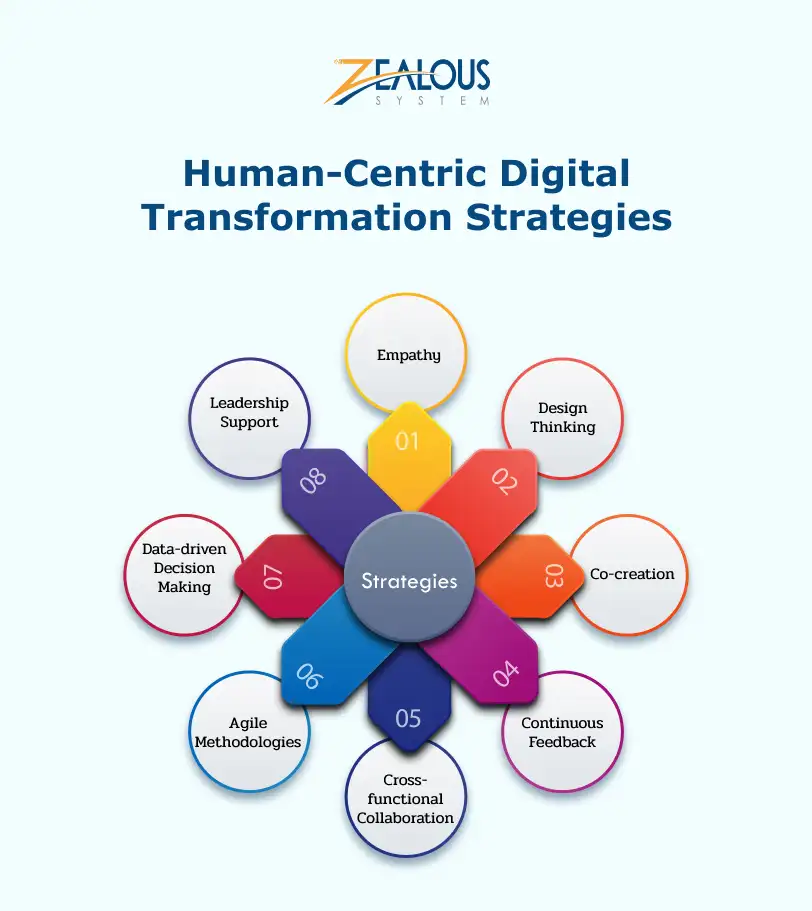
- Company
- Services
- UI/UX Design Services
- Microsoft Dynamics 365
- Mobile App Development
- AI Software Development
- Web App Development
- Generative AI Development
- Digital Product Development
- Enterprise Mobility
- SaaS Application Development
- Application Integration
- White-label WP Maintenance
- ERP Software Solutions
- Software Testing
- Offshore Development Center
- Let’s Connect
- Trending
- Technology
- Industry
- Build Your Team
- Our Work
- Company
- Services
- UI/UX Design Services
- Microsoft Dynamics 365
- Mobile App Development
- AI Software Development
- Web App Development
- Generative AI Development
- Digital Product Development
- Enterprise Mobility
- SaaS Application Development
- Application Integration
- White-label WP Maintenance
- ERP Software Solutions
- Software Testing
- Offshore Development Center
- Let’s Connect
- Trending
- Technology
- Industry
- Build Your Team
- Our Work
We use cookies and similar technologies that are necessary to operate the website. Additional cookies are used to perform analysis of website usage. please read our Privacy Policy
Redefining Digital Transformation with Human-Centric Strategies At Zealous System

In today’s digital age, companies are constantly under pressure to innovate and adapt. Digital transformation has become a buzzword, but what does it mean? At its core, digital transformation is about leveraging technology to improve processes, enhance customer experiences, and ultimately drive business growth.
Digital transformation is more than just adopting new technologies; it’s about fundamentally changing how you do business. To truly succeed in this digital age, you must shift your focus from technology alone to the humans at the heart of your organization—your employees and customers. By using human-centric strategies, you can redefine digital transformation and drive meaningful change in your organization.
However, many transformation efforts fall short because they focus solely on the technology itself, neglecting the human element. This is where a human-centric approach comes in.
Why Human-Centric?
Think of digital transformation as a journey, not a destination. Technology is the vehicle, but the people – your employees and customers – are the passengers. By prioritizing their needs and experiences, you ensure a smooth ride for everyone involved.
Now, let’s understand:
What is Human-Centric Digital Transformation Exactly?
Human-centric digital transformation is an approach to digital transformation that prioritizes the needs, experiences, and well-being of people—both employees and customers—over technology. It recognizes that technology is a tool to enable change, but the focus should be on how technology can improve the lives of people and enhance their experiences.
1. Empower Your Employees
Your employees are your greatest asset in the digital age. Empower them with the right tools, training, and support to leverage new technologies and ways of working. Encourage a culture of innovation and collaboration, where everyone feels valued and heard. When your employees are engaged and empowered, they become champions of change, driving your digital transformation forward.
2. Put Customers First
Your customers should be at the center of everything you do. Understand their needs, preferences, and pain points, and use this insight to tailor your products and services to meet their expectations. Leverage data and analytics to gain a deeper understanding of your customers and personalize their experiences. By putting customers first, you can build trust, loyalty, and long-lasting relationships.
3. Foster a Culture of Continuous Improvement
Digital transformation is not a one-time event; it’s an ongoing process of evolution and improvement. Foster a culture of continuous learning and improvement, where everyone is encouraged to experiment, learn from failures, and iterate on ideas. Embrace agile methodologies and cross-functional teams to enable faster, more iterative development cycles. By constantly innovating and improving, you can stay ahead of the curve and drive sustainable growth.
4. Break Down Silos
Silos are the enemy of digital transformation. Break down organizational silos and encourage collaboration across departments and functions. Create interdisciplinary teams that bring together diverse perspectives and skills to tackle complex problems. By breaking down silos, you can foster a culture of collaboration and innovation that drives your digital transformation efforts forward.
5. Lead with Purpose
Finally, lead with purpose. Define a clear vision and mission for your digital transformation efforts, and communicate this vision to everyone in your organization. Inspire your employees with a compelling narrative that explains why digital transformation is essential and how it will benefit them personally and professionally. By leading with purpose, you can rally your organization around a shared goal and drive meaningful change that lasts.
Benefits Of A Human-Centric Digital Transformation
A human-centric approach to digital transformation can yield numerous benefits. Here’s a breakdown of some key advantages:
- Increased User Adoption and Satisfaction: When technology is designed with the user in mind, it tends to be more intuitive and aligned with users’ needs. This leads to higher adoption rates and greater satisfaction among users.
- Improved Employee Engagement: Engaged employees are more committed to their work and tend to be more productive and innovative. By involving employees in the digital transformation process and providing them with the tools and support they need, organizations can boost engagement levels.
- Stronger Customer Relationships: Understanding and anticipating customer needs is crucial for building strong relationships. A human-centric approach to digital transformation allows organizations to gather insights about their customer’s preferences and behavior, enabling them to deliver personalized experiences and build customer loyalty.
A Culture of Continuous Learning: In a rapidly changing digital landscape, continuous learning is essential for staying competitive. A human-centric approach encourages organizations to leverage change, experiment with new ideas, and continuously improve their processes and offerings.
Two Types Of Mindset While Redefining Digital Transformation
When redefining digital transformation, two types of mindset are commonly observed:
| Mindset | Technology-Centric | Human Centric |
|---|---|---|
| Focus | Primarily on technology | Primarily on people |
| Approach | Technology-driven solutions | People-driven solutions |
| Priorities | Efficiency, automation | User experience, empathy |
| Decision-making | Data-driven | User feedback and collaboration |
| Implementation | Top-down, technology first | Collaborative, user-centric |
| Culture | Technology-focused, siloed | Collaborative, cross-functional |
| Success Metrics | Cost savings, productivity | User satisfaction, engagement |
| Outcome | Technology adoption | Improved user experience |
The human-centric approach is more successful when the goal is to create meaningful, lasting change that enhances the experiences of both employees and customers. It leads to solutions that are more likely to be adopted and embraced by users, resulting in higher levels of engagement and satisfaction.
Additionally, a human-centric approach can help foster a culture of innovation and collaboration, leading to more sustainable and impactful digital transformation efforts.
Mindset Strategies And Techniques To Help You Embrace Human-Centric Digital Transformation:
Redefining digital transformation with human-centric strategies is important because it shifts the focus from technology to people, acknowledging that technology is only a tool and that real change comes from the humans who use it. Here are some mindset strategies and techniques to help you embrace human-centric digital transformation:
Empathy: Put yourself in the shoes of your employees and customers. Understand their needs, challenges, and aspirations. Use this empathy to guide your decisions and prioritize initiatives that truly benefit them.
Design Thinking: Adopt a design thinking approach to problem-solving. Start by understanding the human needs involved, then ideate and prototype solutions, and finally, test and iterate based on feedback. This approach ensures that your digital transformation efforts are truly human-centered.
Co-creation: Involve employees and customers in the digital transformation process. Collaborate with them to co-create solutions that meet their needs and preferences. This not only leads to better outcomes but also fosters a sense of ownership and commitment.
Continuous Feedback: Create channels for continuous feedback from employees and customers. Use this feedback to refine your digital transformation initiatives and ensure that they remain aligned with the evolving needs of your stakeholders.
Cross-functional Collaboration: Encourage collaboration across different departments and functions. Bring together diverse perspectives and skills to tackle complex challenges and drive innovation. This cross-functional collaboration breaks down silos and enables a more holistic approach to digital transformation.
Agile Methodologies: Embrace agile methodologies like Scrum or Kanban to enable faster, more iterative development cycles. Agile methodologies allow you to respond quickly to changes and feedback, ensuring that your digital transformation efforts remain flexible and adaptive.
Data-driven Decision Making: Use data and analytics to inform your digital transformation initiatives. Gather insights from data to understand user behavior, identify trends, and make informed decisions that drive meaningful outcomes.
Leadership Support: Secure leadership support for your human-centric digital transformation efforts. Leaders should champion the importance of human-centricity and create a culture that values empathy, collaboration, and continuous improvement.
Conclusion
Human-centric digital transformation is not just a buzzword—it’s a fundamental shift in how businesses approach innovation and growth. By placing people at the center of their digital initiatives, organizations can create software solutions that are not only technologically advanced but also deeply meaningful and impactful. At Zealous System, we are proud to be at the forefront of this transformation, helping businesses redefine the future with human-centric strategies.
We are here
Our team is always eager to know what you are looking for. Drop them a Hi!
Pranjal Mehta
Pranjal Mehta is the Managing Director of Zealous System, a leading software solutions provider. Having 10+ years of experience and clientele across the globe, he is always curious to stay ahead in the market by inculcating latest technologies and trends in Zealous.
Table of Contents
×


Comments